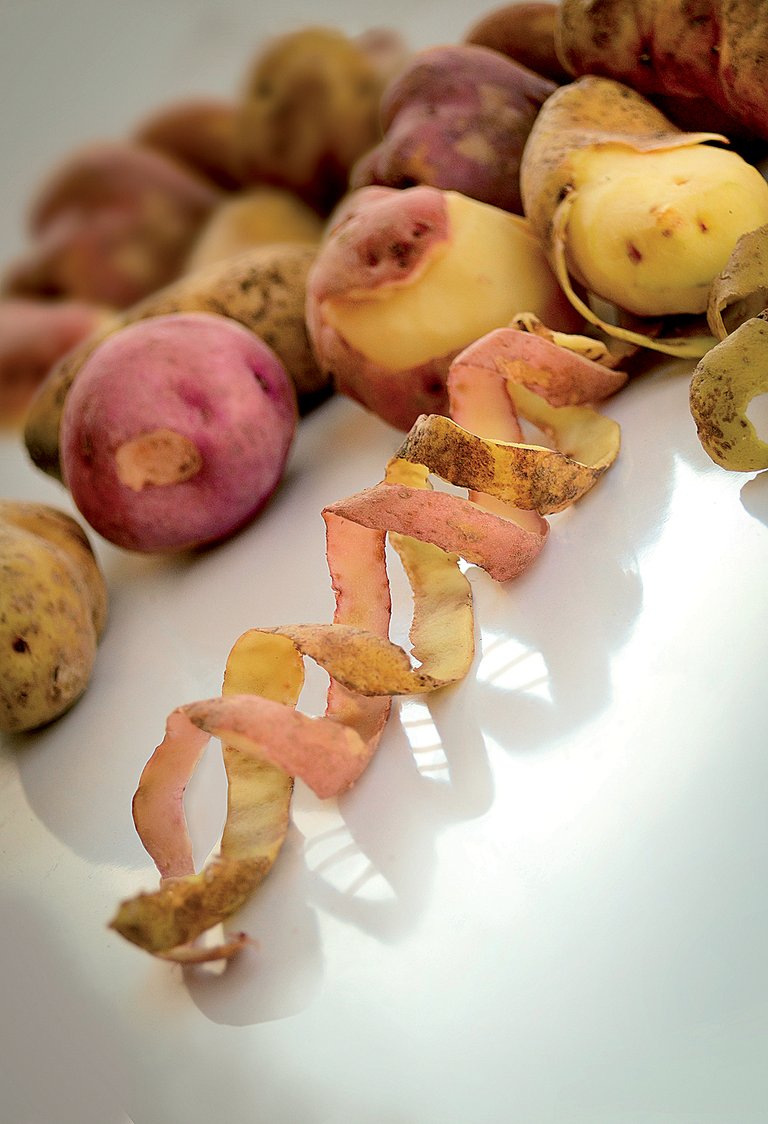Fried, cooked, roasted... and finally sequenced

The joint effort of 26 research centers around the world has allowed the genome of potato to to be sequenced. Like rice, wheat and corn, potato is one of the basic foods in the world, but so far they have not been able to decode their genome, since it is a very complex species genetically.
The potato has 39,000 encoding genes and is tetraploid, that is, each cell has 4 copies of each chromosome. In addition, a high degree of heterozyception usually appears, that is, there are many differences between the four copies. The differences can be, for example, the appearance of some genes and in others not. That is why it is very difficult to completely sequence the potato genome.
Aware of this intrinsic complexity of conventional potatoes, the researchers looked for a variety with a simpler genome so that they could simplify it even more. A variety that grows in South America was chosen, which was called DM, unlike the other potatoes, which contains the diploid genome (two copies of each chromosome). From there, one of the two copies of each chromosome was taken and doubled. In this way, it was ensured that both copies were identical and then yes, they could be sequenced almost entirely.
The main result obtained in the first analysis was the search for 800 genes in the potato genome that make them resistant to diseases. The results have been published in the journal Nature.
Buletina
Bidali zure helbide elektronikoa eta jaso asteroko buletina zure sarrera-ontzian











